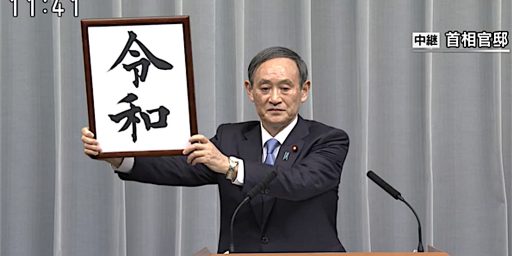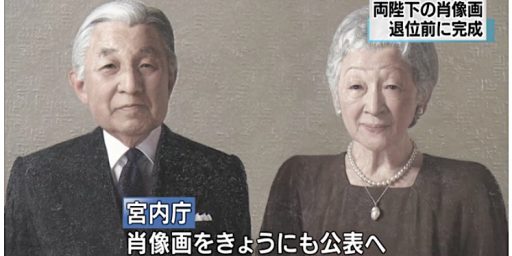平成 Heisei period
The Heisei period (Japanese: 平成時代 Hepburn: Heisei jidai) is the current era of Japan. The Heisei period started on 8 January 1989, the day after the death of the Emperor Hirohito, when his son, Akihito, acceded to the throne as the 125th Emperor. In accordance with Japanese customs, Hirohito was posthumously renamed “Emperor Shōwa” on 31 January 1989.
Thus, 1989 corresponds to Shōwa 64 until 7 January, and Heisei 1 (平成元年 Heisei gannen, gannen means “first year”) from 8 January. The Heisei period will likely end on 30 April 2019 (Heisei 31), the date on which Emperor Akihito is expected to abdicate the Chrysanthemum Throne.
平成(へいせい)は日本の元号の一つ。昭和の後、令和の前で大化以降247番目の元号。今上天皇在位中から現在に至る。本項では、グレゴリオ暦の20世紀から21世紀に亘った平成時代についても記述する。
1989年(昭和64年)1月7日に皇位が昭和天皇から今上天皇に継承され、翌1月8日に元号が「平成」に改められた。2019年(平成31年)に、皇室典範特例法に基づく天皇の退位(4月30日)と皇太子徳仁親王の即位(5月1日)が予定され、これに伴い「平成」は5月1日に令和に改められる見込みである。
art-culture.world/articles/reiwa-new-name-of-era-under-new-japanese-emperor-新元号令和


